What to see in Saumur France: the pearl of the Anjou
Saumur France – history, wine, chateaux, mushrooms & caves in the Loire Valley. Saumur France is also known as the Pearl of the Anjou and you will find it at the southern end of Anjou, where the Thouet and Loire rivers meet. We were housesitting in a little village in the Anjou and being a foodie I had read that Saumur was home to a mushroom museum (not to mention it was in the heart of the famous Anjou vineyards).
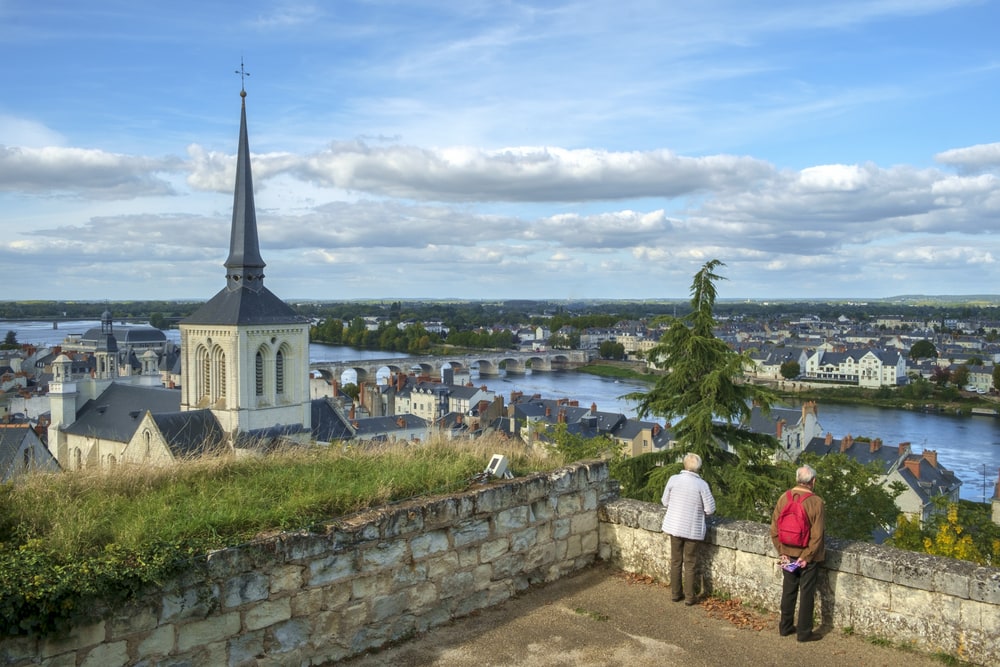

Nestled along the Loire River in western France, Saumur is a charming town known for its picturesque landscapes, historic architecture, and world-renowned wines. From exploring the medieval Chateau de Saumur to tasting delicious local cuisine at the bustling markets, this town offers a myriad of activities to suit every traveler’s interests.
We wandered through the winding streets of the old town, visiting the Tank Museum, and took a leisurely boat ride along the river. Friends of ours rented a romantic river barge and spent 3 days exploring the area and its attractions and had a glorious wine tour on one of their day trips. With its rich history, stunning scenery, and vibrant cultural scene, Saumur is a must-visit destination for anyone looking to experience the beauty and charm of the Loire Valley region.


That put Saumur firmly on the road trip agenda there are several things to do in Saumur and here are 19 of them including tasting, drinking and enjoying some of those fine wines.
- What to see in Saumur France: the pearl of the Anjou
- Where is Saumur France?
- How to get to Saumur
- Saumur France a UNESCO World Heritage Site
- History of Saumur
- Frequently Asked Questions: Things to Do in Saumur
- What to do in Saumur France
- What are the Troglodyte Caves?
- Wine Caves of Saumur
- Chateau of Saumur
- Musée des Arts Décoratifs
- Saint-Pierre Square – Old Town Saumur
- Notre-Dame-de-Nantilly
- The Maison des Compagnons
- The King's House
- Chapelle Royale Notre Dame des Ardilliers
- What to eat in Saumur
- Musée du Champignon in the Troglodyte Cellars
- Pierre et Lumiere
- Les Jardins du Puygirault
- Combier Distillery tour
- The Cadre Noir Saumur
- Musée de Cavalerie de Saumur
- Musée des Blindés – The Tank Museum
- Musée du Moteur
- Things to do near Saumur
Xyuandbeyond is reader-supported. When you buy through links on our site, we may earn an affiliate commission. You can read my privacy policy here.
Where is Saumur France?
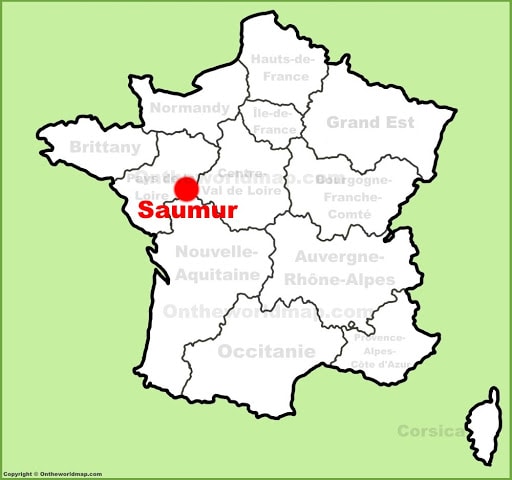

How to get to Saumur
Getting There
The nearest airport is Angers if you are flying into France. If you are taking the ferry across from the UK or Ireland to France Saumur is about a 2.5-hour journey from Caen. From Paris, you could take the train to Saumur which takes just under 3 hours.
The drive is stunning with many a campground along the way if you have a camper and it is a brilliant way to explore the French countryside in the Anjou.
Saumur France a UNESCO World Heritage Site
Is Saumur worth visiting? Definitely, Saumur is a lovely village with lots going on even for those that don’t drink wine. Saumur is classified as a City of Art and History and a UNESCO World Heritage Site. It is famous for its ‘habitations troglodytes’ or cave dwellings, its celebrated local wines and some of the best restaurants in the Loire Valley. The town is also renowned for its national riding school the Ecole Nationale d’Equitation, which is home to the French Cadre Noir equestrian corps.
History of Saumur
Throughout history, Saumur has been ruled by the Romans, Visigoths and early French kings Dagobert and Pippin. With the Norman invasion, the villagers abandoned Saumur but returned in the 10th century to their home village. It was then that the village was renamed Saumeur which meant ‘under the wall’. This was due to the new fortifications built around the convent and church to protect them from further Norman invasions.
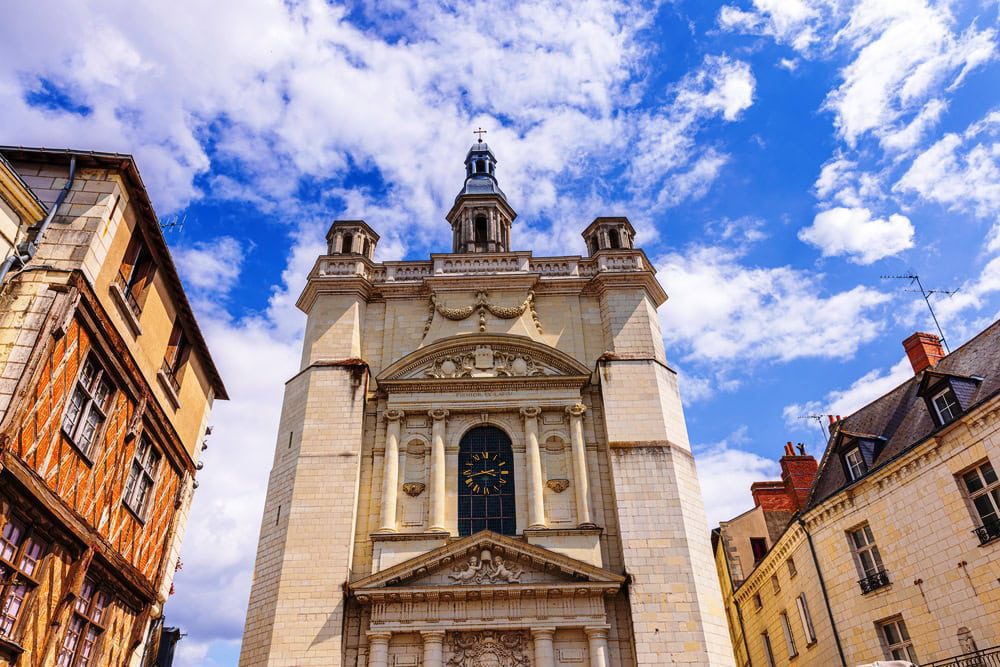

In the eleventh century, the Counts of Blois and Anjou fought over the rule of Saumur but by 1025 the Count of Anjou was the occupying lord. The worst times for Saumur were during the Wars of Religions. The wealthier classes in Saumur had begun to adopt the religious notions of John Calvin which led to the religious strife between the Protestants and Catholics.
To end the civil wars that were erupting Henry IV declared a new law the Edict of Nantes, in 1598. The edict brought an end to the Wars of Religion and granted religious rights to the French Protestants.
The Catholic powers that be (Pope Clement VIII) regarded the edict as a danger to the state and his Cardinals fought against the Edict attempting to end the Protestant religion. In 1685, Louis XIV revoked the Edict of Nantes and deprived the French Protestants (who were known as Huegonots) of all the edict’s civil and religious and civil liberties. Shortly after this revocation, over 400,000 Huguenots left France including over half of Saumur’s population. These people were the industrious middle class of the era and they left for England, Holland, America and Prussia.
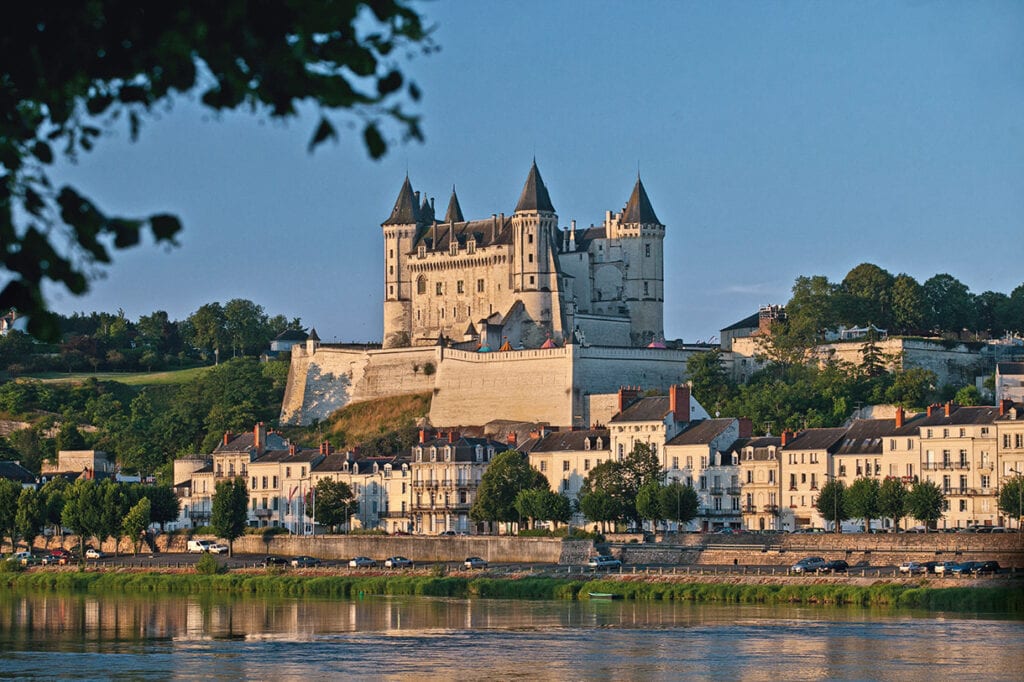

It wasn’t until around 1771 when Saumur began to climb out of this economic depression when a School of Chivalry was founded in the village by a minister of Louis XV, the Duke of Choiseul.
The city of Saumur suffered again during the French Revolution when the city was besieged by troops from Vendée. In 1879 areas of the Vendee were very anti-revolution and Saumur had become a Republican stronghold. The Vendean troops besieged the city and took it over. It was quickly reclaimed after a few weeks when the “troops” had to go back to their farms.
It wasn’t until the Bourbon Restoration, which was the period after Napolean when the monarchy was restored that Saumur became a very important City for its wine and agricultural production and its National Cavalry School.
Frequently Asked Questions: Things to Do in Saumur
What are the best things to do in Saumur?
When visiting Saumur, there are several attractions and activities to enjoy. You can explore the Château de Saumur, take a wine tour and see the cave cellars, visit the Cadre Noir equestrian school, or discover the troglodyte cellars in the Loire Valley.
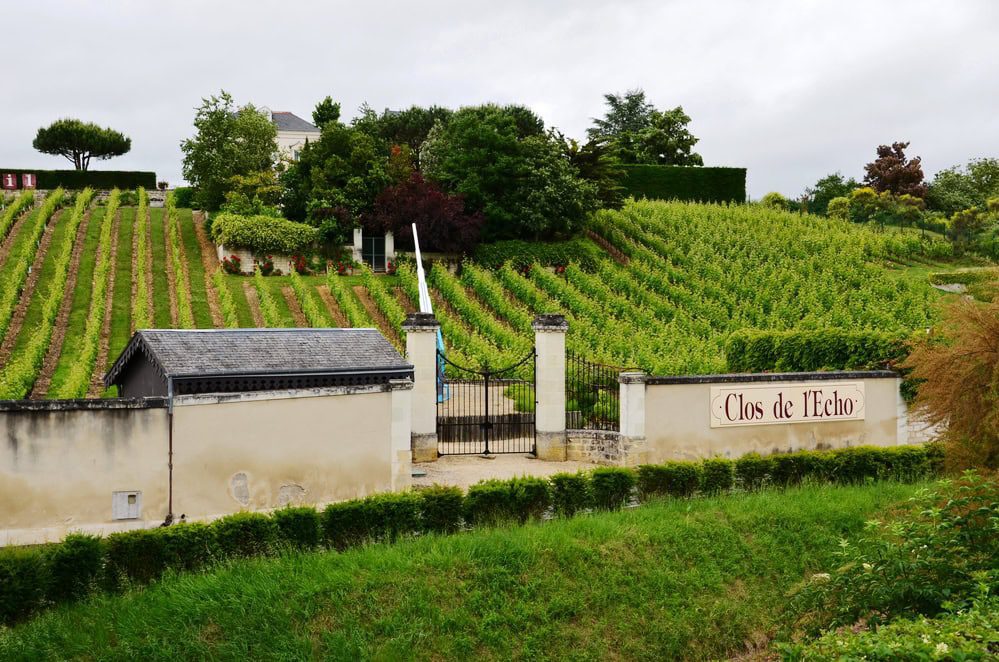

Where can I find the top attractions in Saumur?
The town of Saumur is home to many top attractions such as the Château de Saumur, the Musée des BlindésLouis de Grenelle sparkling wine cellar. Strolling along the banks of the Loire River also offers a delightful experience.
What are some must-see places in Saumur?
When in Saumur, don’t miss the troglodyte caves, Bouvet-Ladubay, and Domaine de Rocheville in Chinon.
How can I best experience the wine culture of Saumur?
Exploring the wineries and cellars of Saumur and the surrounding areas it’s a great way to immerse yourself in the local wine culture try wine tasting at Maison des Ardilliers and Crémant de Loire Saumur-Champigny.
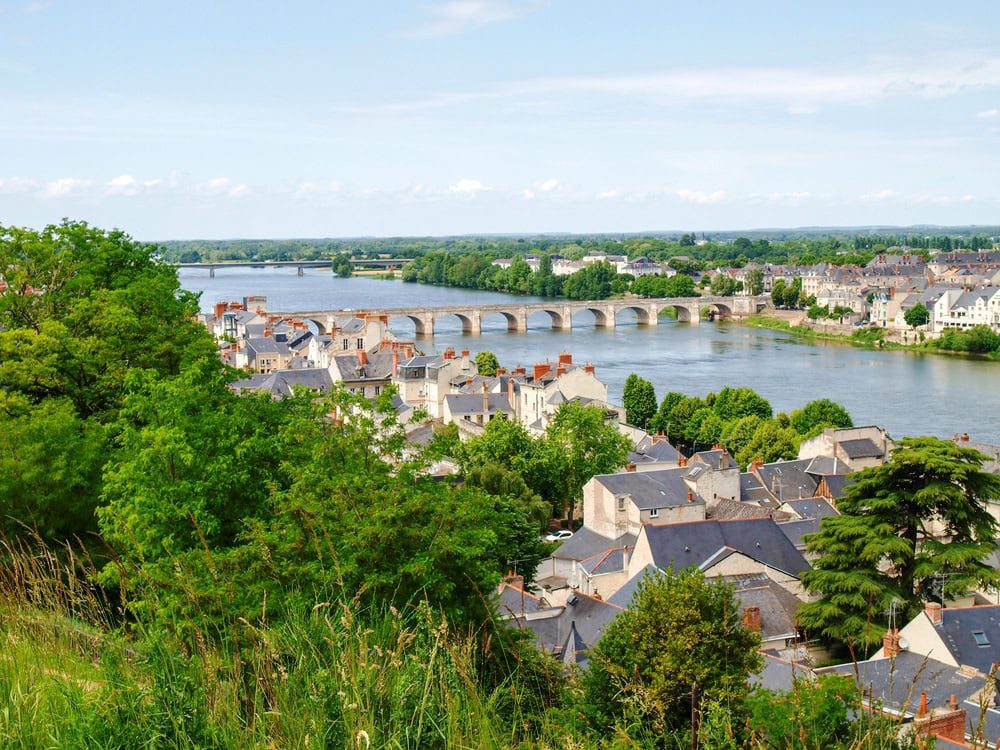

What are some fun activities to do near Saumur?
There are plenty of activities around Saumur, including horseback riding, exploring the troglodyte villages and you can learn all about the wines of the region.
What to do in Saumur France
What are the Troglodyte Caves?
The Troglodyte Caves of Saumur were historically used for hundreds of years by the working people of the Loire Valley. These cave homes were carved out of the tufa limestone cliffs in the region and today there is over 1,500 km of these cave dwellings that are used as galleries, museums, restaurants homes and wine storage.
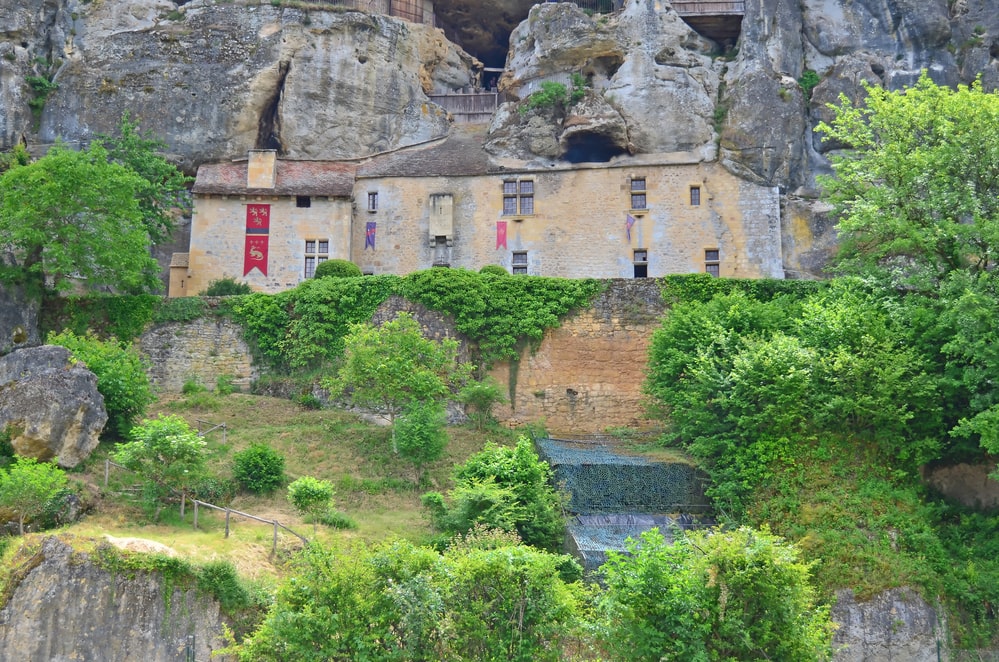

As you drive into Saumur you will pass many wine companies that are using the caves to store their wines. You can tour and taste many of the wine varieties grown in this region. For a wine lover, Saumur France is a perfect vacation for Oenophiles.
These caves are carved into the limestone and date back to the period of Roman rule in Gaul, around 50 BC–486 AD. Gaul was the region comprising modern-day France and parts of Belgium, western Germany, and northern Italy.
Wine Caves of Saumur
Famous for its wine the former troglodyte dwellings and stone quarries offered the perfect environment for maturing and preserving wine. Today there are literally millions of bottles of wine maturing in the caves which can be toured along with fabulous wine tastings.
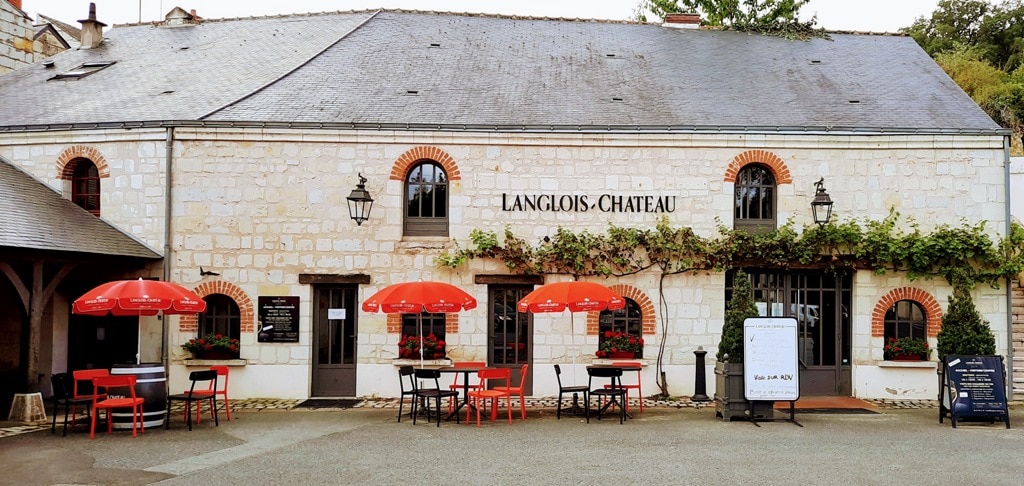

With 49,000 acres and 32 AOCs, (AOC is short for Appellation d’Origine Contrôlée, and refers to standards set for wines made in France) Saumur is famous for some of the best wines in France; Saumur-Champigny, the sweet Coteaux de Saumur, and the sparkling Saumur Brut and Crémant de Loire.
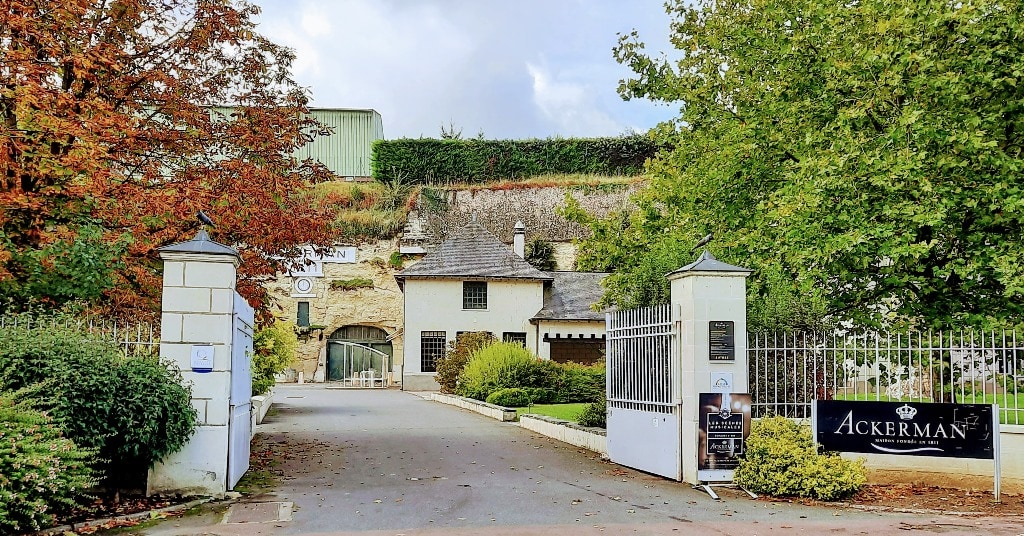

Each winery offers tours, and tastings and some even have cafes and first-class dining to go along with their fabulous wines.
Chateau of Saumur
Standing above the city the Chateau is the first thing you notice about Saumur. With its fairytale towers and mullioned windows, it was the inspiration for Les Très Riches Heures du Duc de Berry, an 11th-century illuminated manuscript Book of Hours created in about 1413.
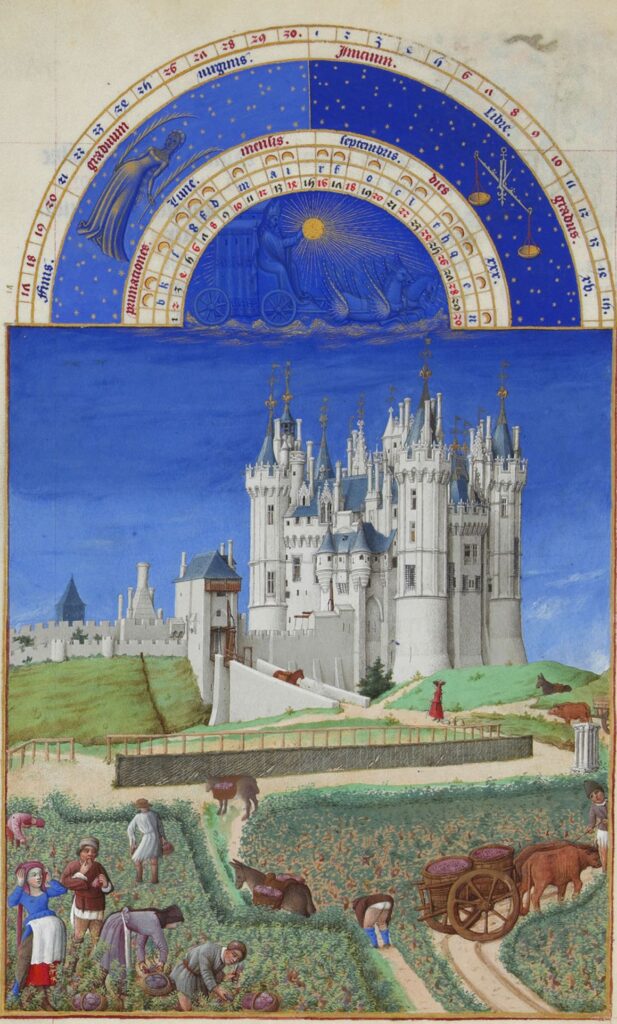

A UNESCO World Heritage Site”, the Château de Saumur is located on the historic route of the Valley of the Kings, the Plantagenêts. It has been a prison and an ammunition depot and eventually when the city purchased the Chateau and installed a Museum of Decorative Arts within the building.
The Valley of the Kings is an incredible area where royal castles, churches, and vineyards are open to visit and tour. Here you will discover priceless gems such as the Ladies Castle or Chenonceau, Chambord with its Da Vinci Spiral staircase, Amboise Castle and even Da Vinci’s home before he died Chateau Clos Luce.
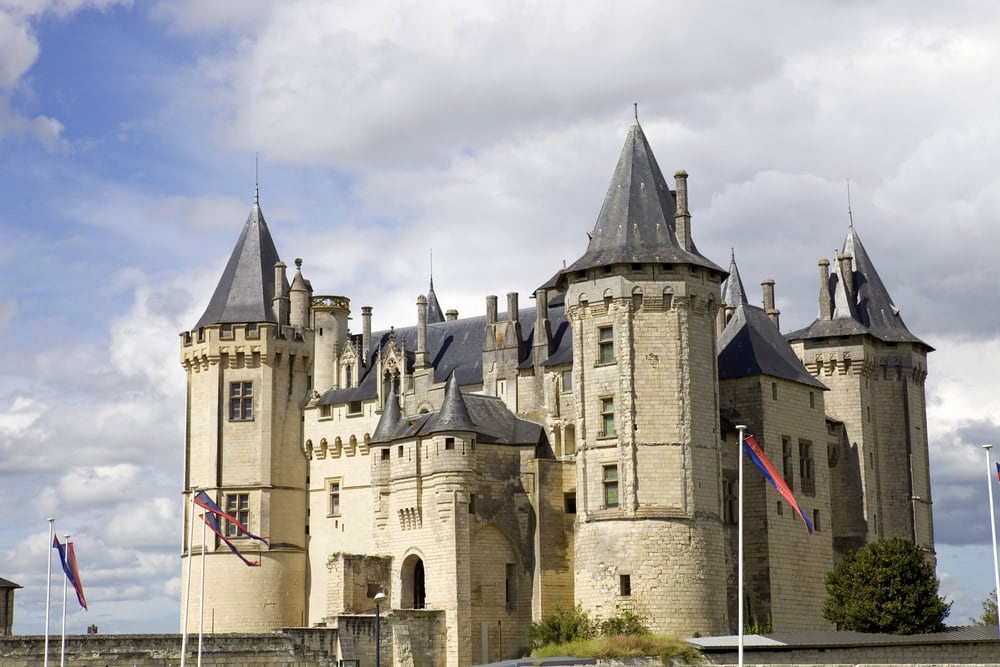

Musée des Arts Décoratifs
On the first floor, there’s a lavish assortment of decorative items from the 1300s to the 1700s.
A lot of the space is reserved for ceramics, especially fine porcelain from the 17th and 18th centuries, but there are also wonderful tapestries and furniture in pristine condition.
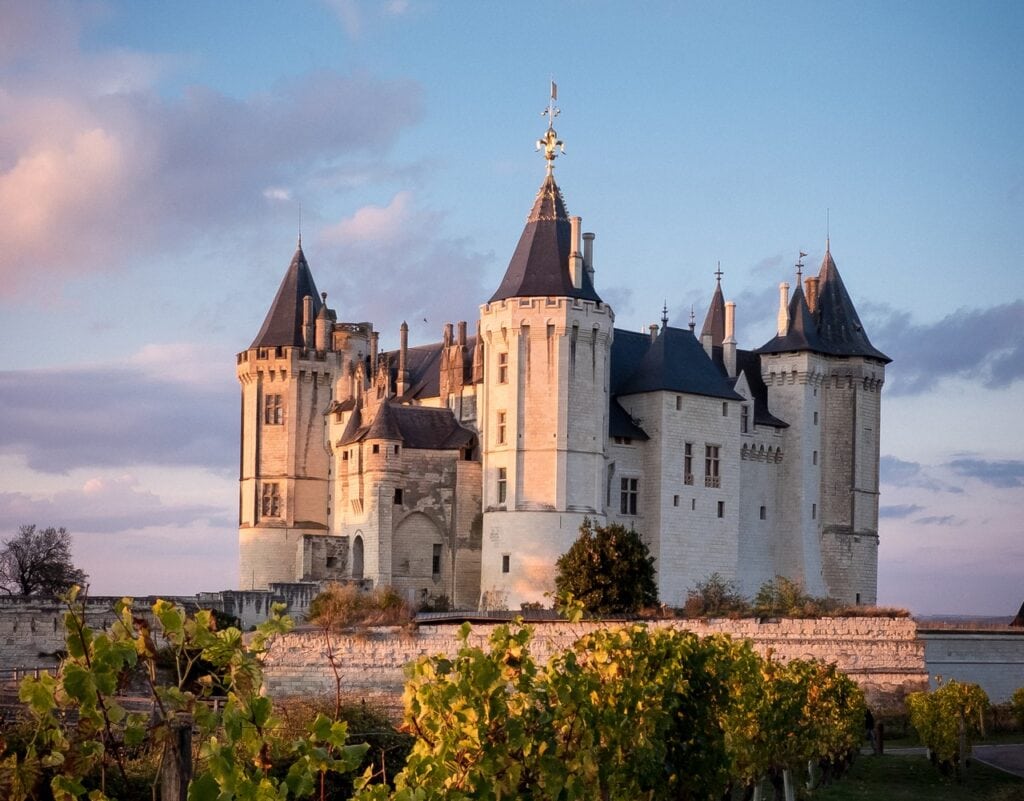

Truth be told the interior visit doesn’t tell much about the history of the Chateau and you would probably enjoy the area by the vineyard to have a picnic and enjoy the evening light and sound show. The views from the Chateau are awe-inspiring, and you can get some good Instagram shots of the fairytale castle.
Saint-Pierre Square – Old Town Saumur
You can wander up to the Chateau from the Historic centre of Saumur Saint-Pierre Square. We found parking quite easily around the outskirts of the centre of the old town and enjoyed meandering around the square with its medieval buildings.
The oldest part of town is very pretty and a great place for people-watching and just hanging out enjoying some local delicacies (or wine).
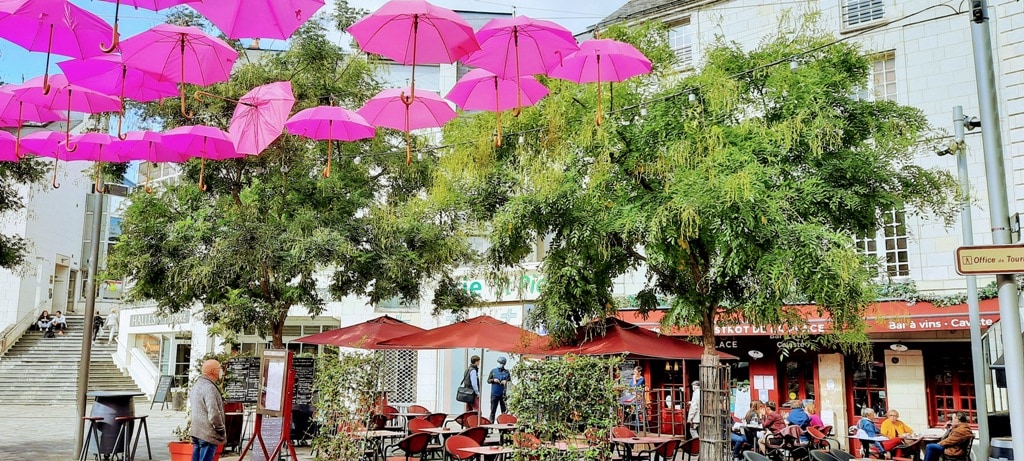

You’ll spot the remains of the ancient walls of the city, some great boutiques, and plenty of cafes and restaurants.
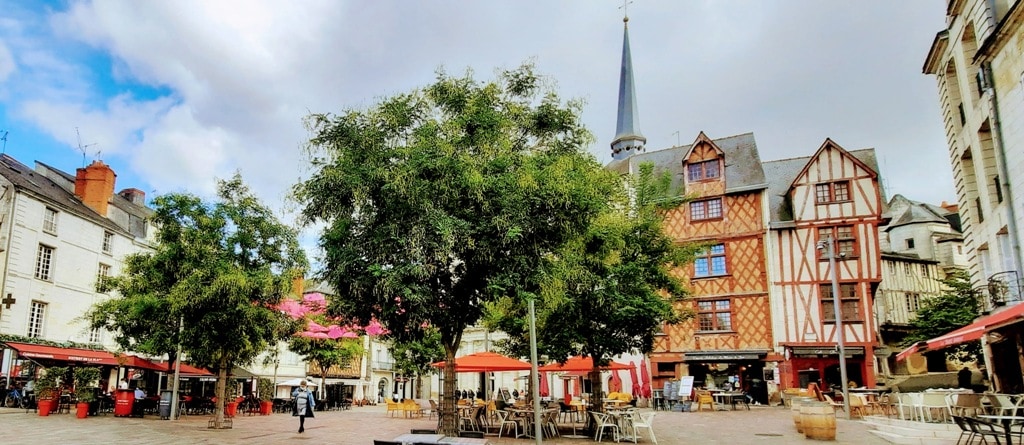

Notre-Dame-de-Nantilly
The building was classified as a historical monument in 1840. It is the oldest church in Saumur and it contains a magnificent collection of 16th and 17th-century tapestries woven in Aubusson, Tour, Paris and Gobelins.
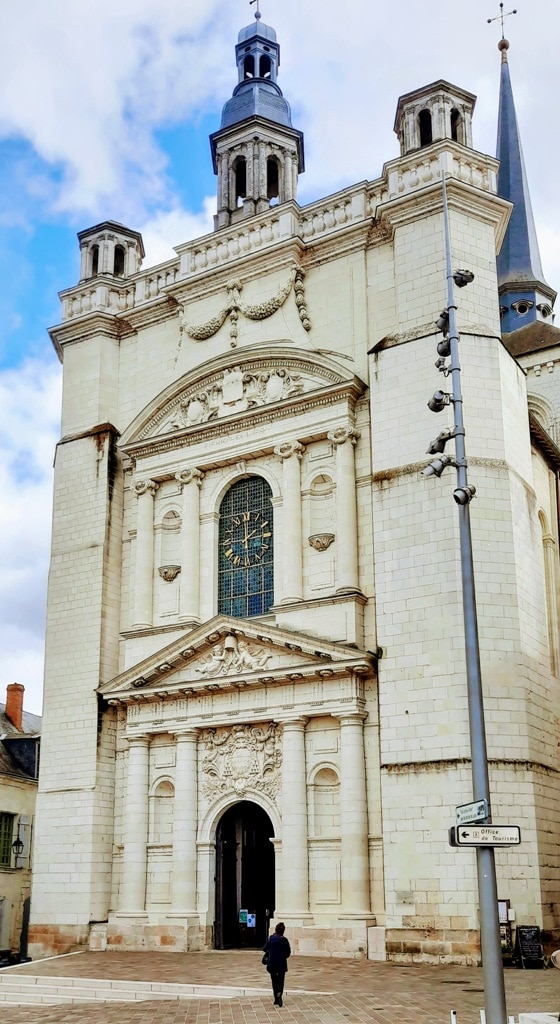

The tapestries for the most part depict the life of Mary which the church is dedicated to. To ensure their preservation they are only exhibited, in turn, during key religious periods such as Christmas, Easter and during the summer.
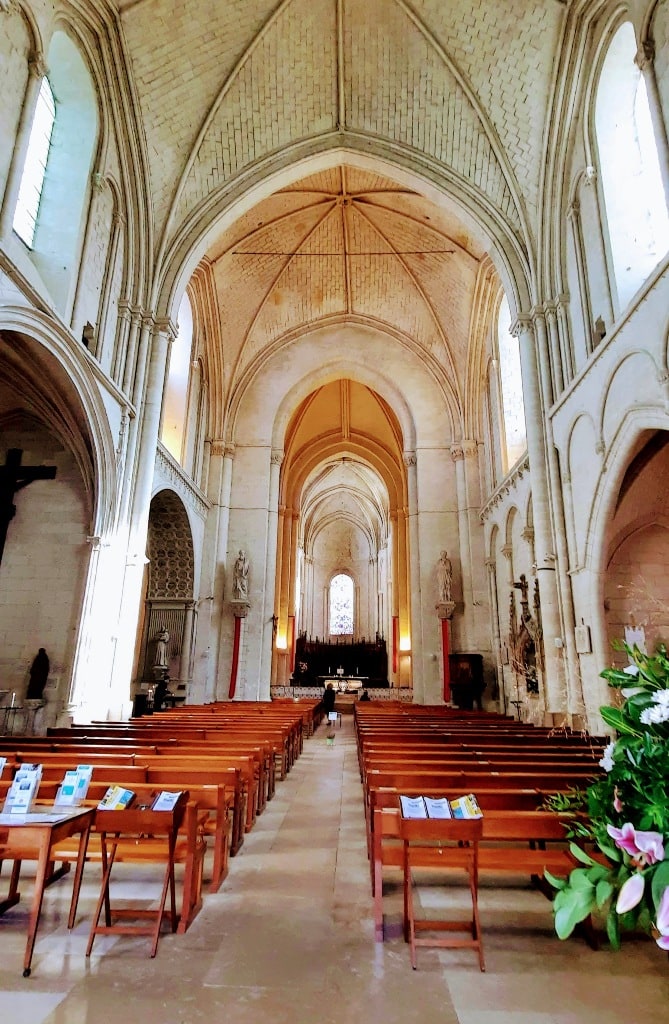

The Maison des Compagnons
On your walk down from the Chateau, you will spot this house which was built in the 15th Century. Today it is a training centre for apprentices.
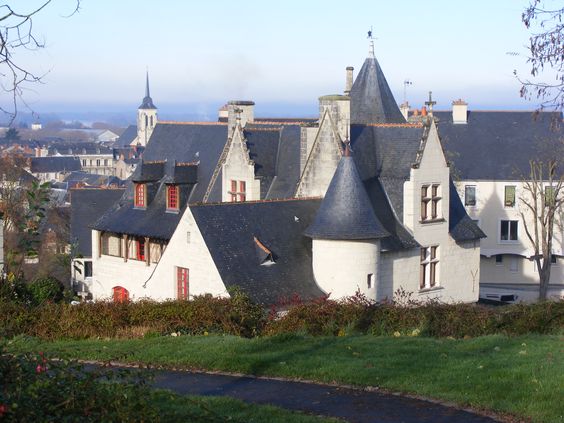

The King’s House
The King’s House was built in the 15th century by Louis II of Anjou but was not finished until the 16th century and then renovated in the 18th century.
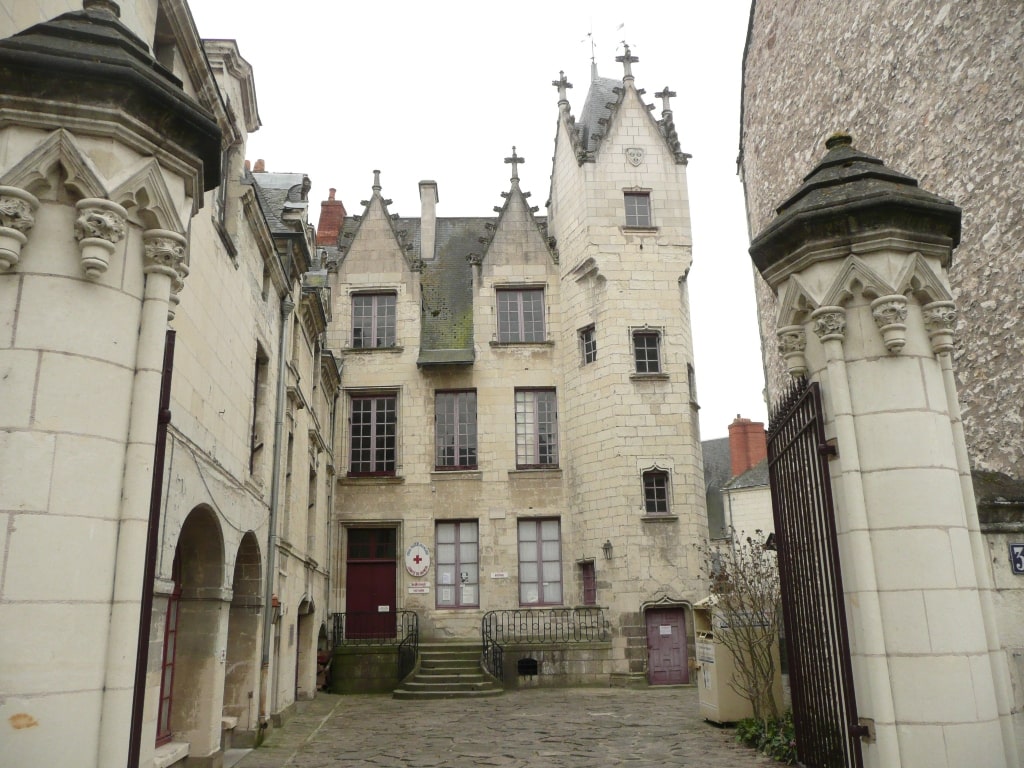

The house did not actually belong to the King but was intended for his use if he came to the area. At this particular King’s House, many historical figures stayed here Charles VII, Henry IV, Catherine of Navarre, Louis XIII, Marie de Medicis, Anne of Austria and Louis XIV who was only 14 at the time.
Chapelle Royale Notre Dame des Ardilliers
A beautiful church with a stunning rotunda which can be seen from all around Saumur this church became a special centre of pilgrimage. In the 14th century, a farmer dug up an “ardille” or clay pieta or stone statue of the Virgin Mary. The farmer took it home only to find that it kept disappearing back to its original location near a fountain. From this time onwards the area became a place for pilgrims to gather.
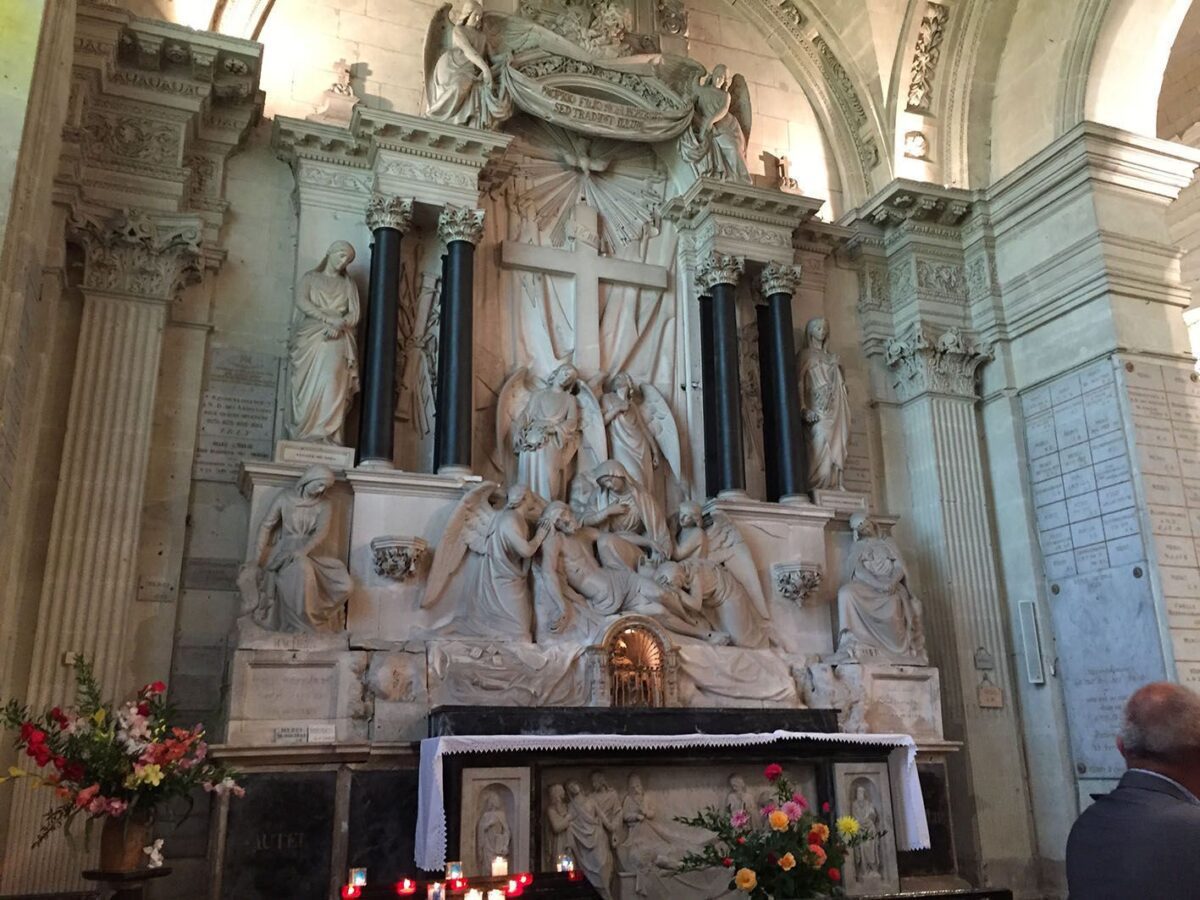

During the Revolution, the church became an ammunition store and was badly damaged. Shortly after that time, it was restored and then reduced to rubble during the bombings of WWII. Restored again in the late 1950s.
What to eat in Saumur
Crémet d’Anjou
A must-try is Crémet d’Anjou which is a beautiful speciality of the Anjou region made from light as a cloud whipped mixture of egg whites and crème Fraiche. This cloud-like dessert is served with seasonal fruits from plums to strawberries and apples.
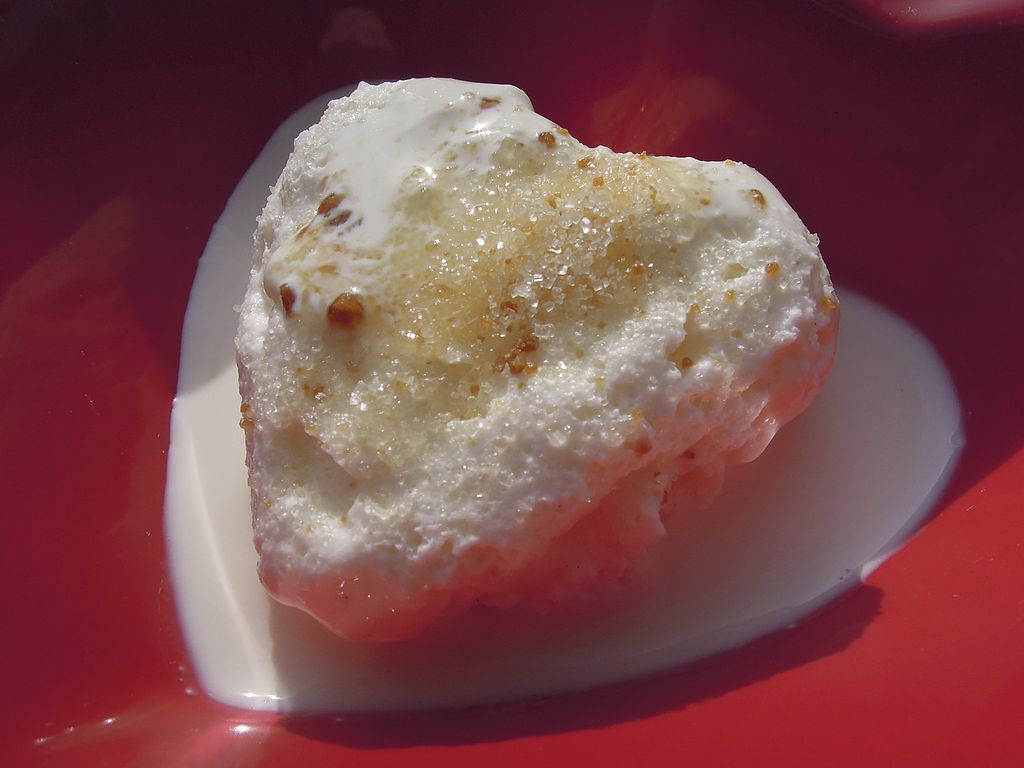

Quernons d’Ardoise
Quernons d’Ardoise is little rectangles of caramelised almond and hazelnut nougatine dipped in blue-coloured chocolate. It was created in 1966 by René Maillot, a master chocolatier from Angevin and as they say on their website “this little square chocolate of 3 cm evokes by its colour and its form the slate roofs of our region”.
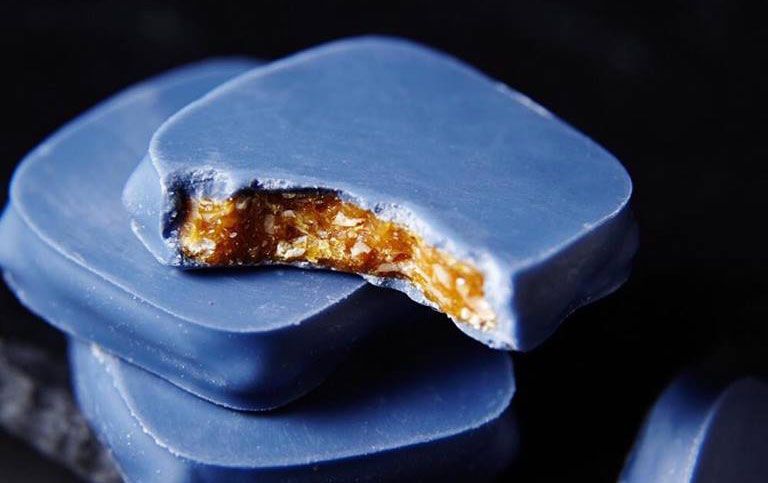

Loire River Seafood
Freshly caught pike-perch, eel or pike from the Loire are wonderful served with beurre blanc sauce or alternatively stuffed with sorrel.
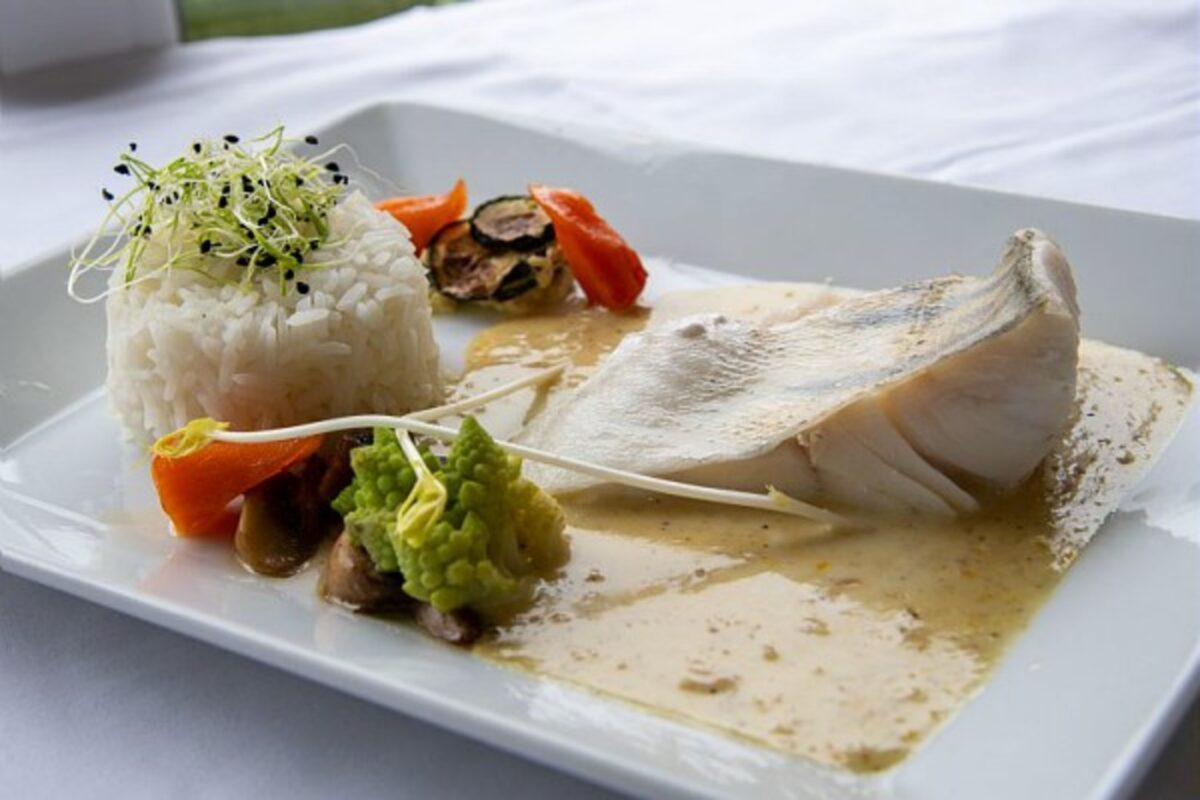

Anjou liqueurs
Cointreau, Menthe-Pastille, Guignolet and Triple Sec are back in fashion again thanks to fabulous cocktails. These liqueurs have been produced in the Anjou region for centuries their secret recipes for Cointreau with its bitter and sweet orange flavours, and Menthe-Pastille, a clear and delicate peppermint liqueur, are famous the world over.
It was here in Saumur where Triple Sec and Absinthe were born.
Galipettes
Galipettes are large button mushrooms grown in Saumur’s tufa caves, which are grilled and seasoned with garlic and butter.
Fouées and Fouace traditional French breads
Fouée, which is also called fouace is a regional bread served in the Loire Valley. It looks like a flatbread similar to a pita and can be made yeasted or with sourdough and stone-ground whole wheat flour.
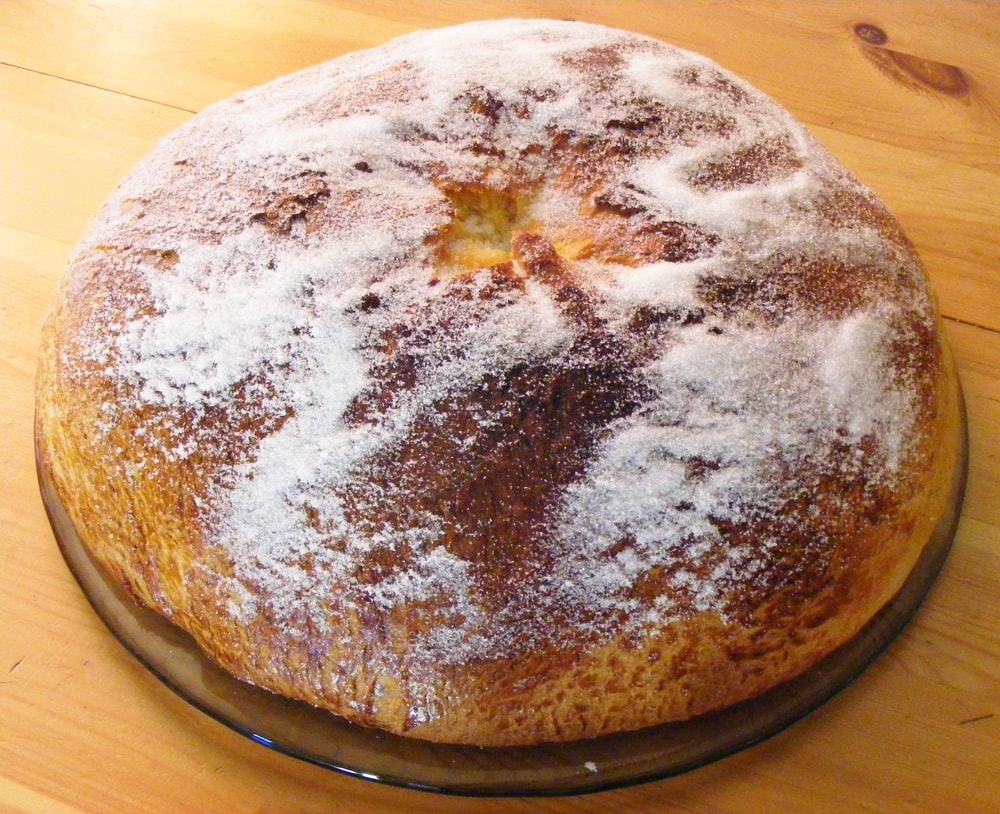

Fouace and Fouee are often confused but a Fouace is a kind of brioche that is enriched with eggs, and orange flower water and sprinkled with sugar. It is usually in the shape of a bun or crown and often served with rillettes for an appetizer or for breakfast.
Rillauds
Rillauds are pieces of pork belly slow-cooked for hours simply with salt and pepper. Eaten hot with an Anjou red or cold with a white or rose. Traditionally it is said in the region that Angevins liked to eat them hot on Sundays, while in Saumur they are eaten cold for breakfast accompanied by a glass of white wine.
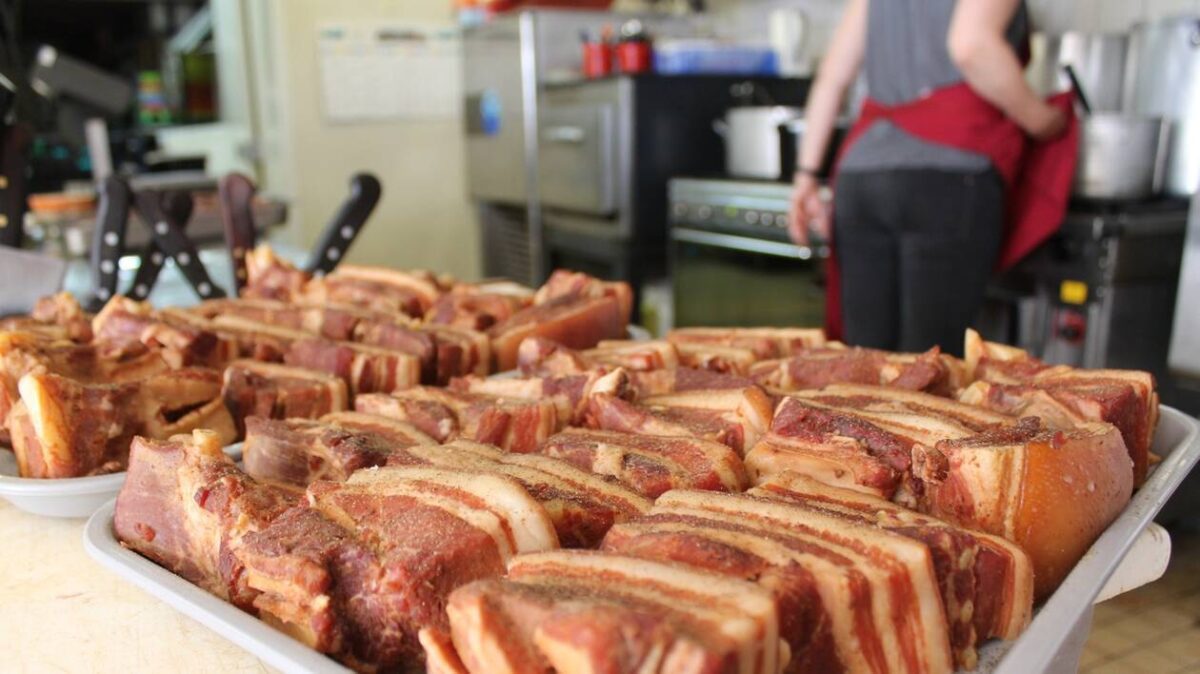

This regional speciality is celebrated by the Confrérie des Faiseux de Rillauds d’Anjou, founded in 1973 in Brissac. In Brissac they celebrate the Rillaud every first Sunday of July, with a Festival the Rillaudée , which is both a competition and a festival.
Fruit and Veg
You cannot believe the variety of fruit and veg in the Anjou. Artichokes, mushrooms, sorrel, banana shallots, Doyenné de Comice (a pear originating in Anjou), cherries and Reine-Claude plums. The gorgeous plums are served in late summer in the famous local pâté aux prunes or plum pie.
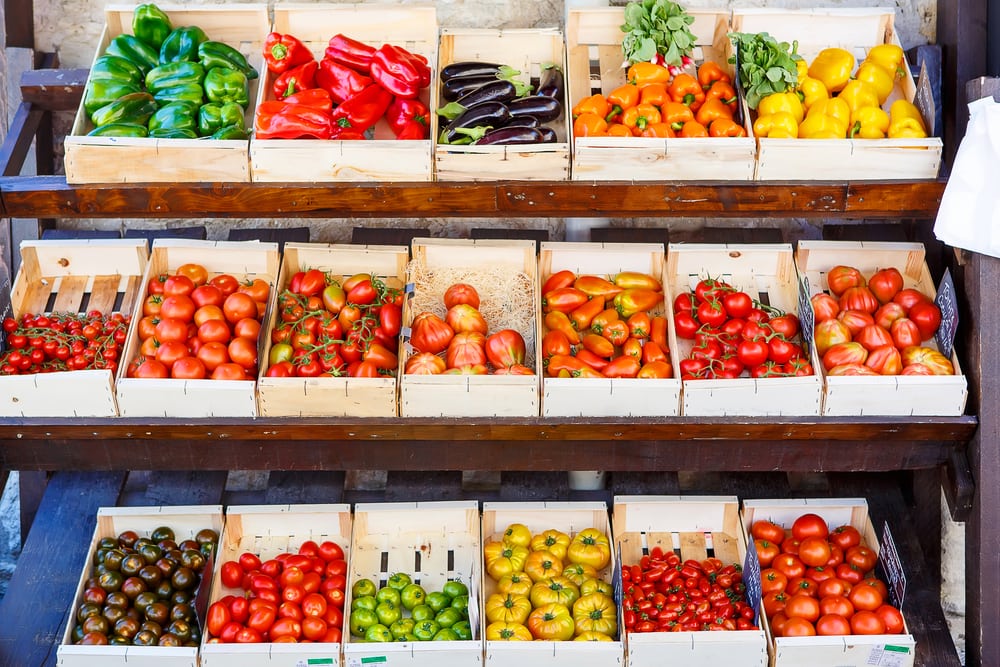

Farmers Markets
The Farmer’s market is held in Place Saint-Pierre every Saturday and you will find some fabulous local fruit and vegetables along with artisans of every kind, particularly in the summer months.
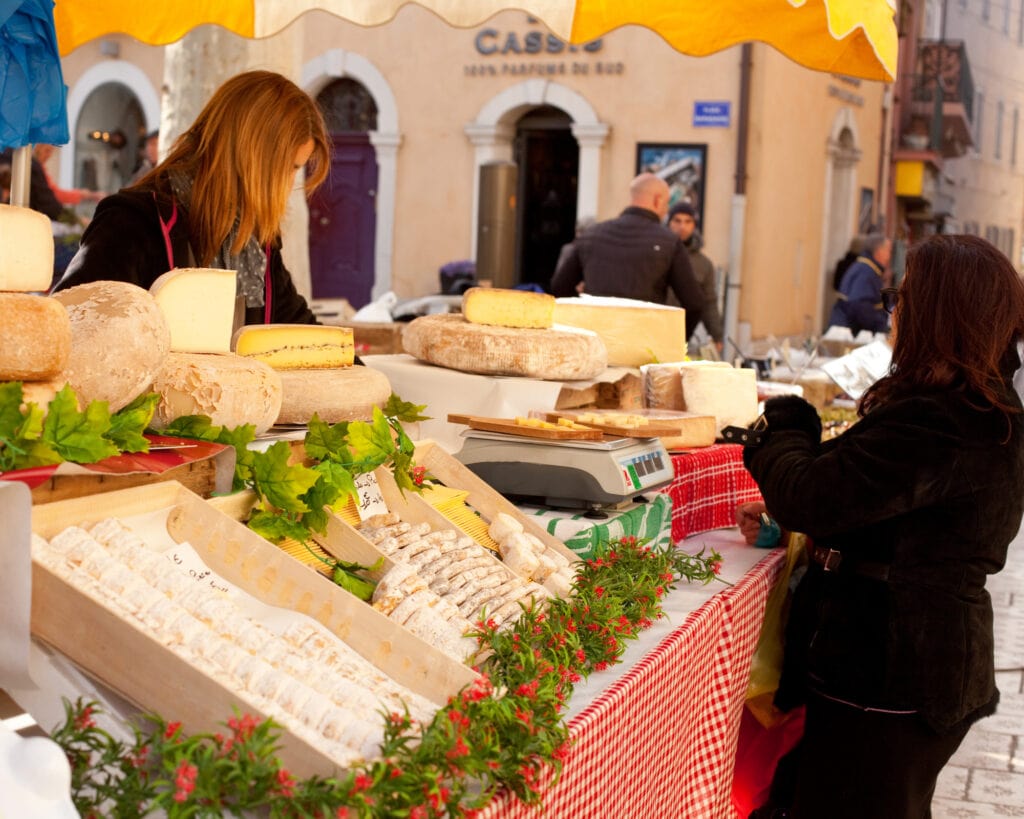

Musée du Champignon in the Troglodyte Cellars
Mushrooms are what drew us to Saumur and a tour of the Mushroom caves and museum was high on the list. I have to say it wasn’t as interesting as I thought it could be but nevertheless, we did enjoy wandering the cave complex and spotting mushrooms we had never heard of.
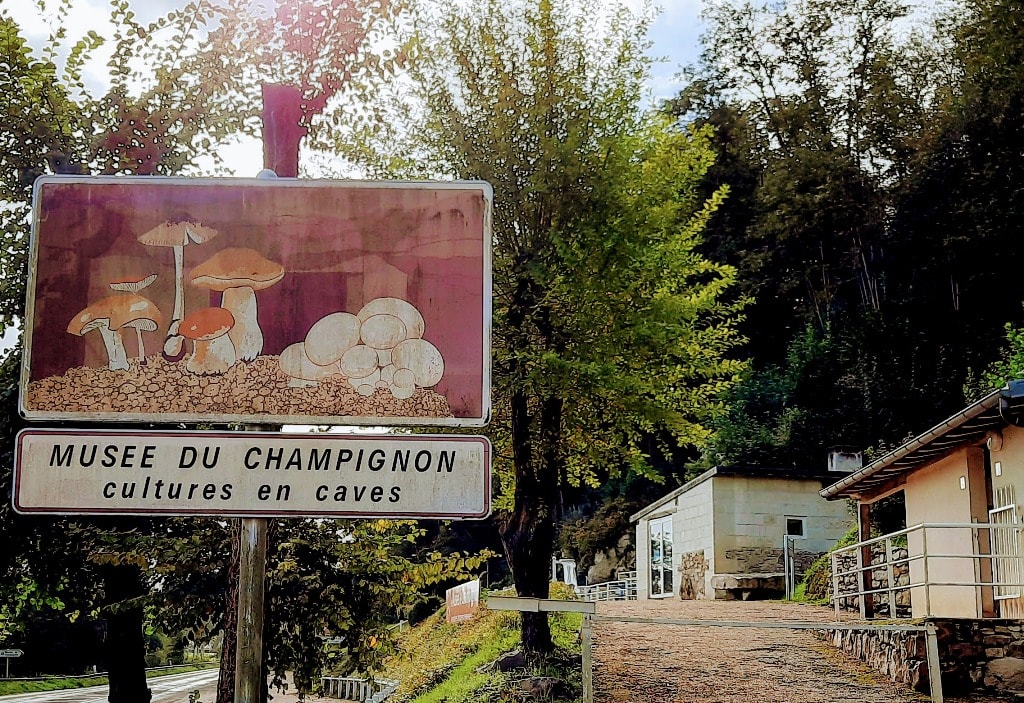

The Mushroom Museum does have the largest mycological collection in Europe and you can wander deep into the caves to learn about the over 500 edible mushrooms found around the world. In season there are experts on hand to advise you about growing your own mushrooms and tricks for plentiful crops and harvesting.
There’s also a shop at the end where you can pick up some mushroom souvenirs and fresh mushrooms for dinner.
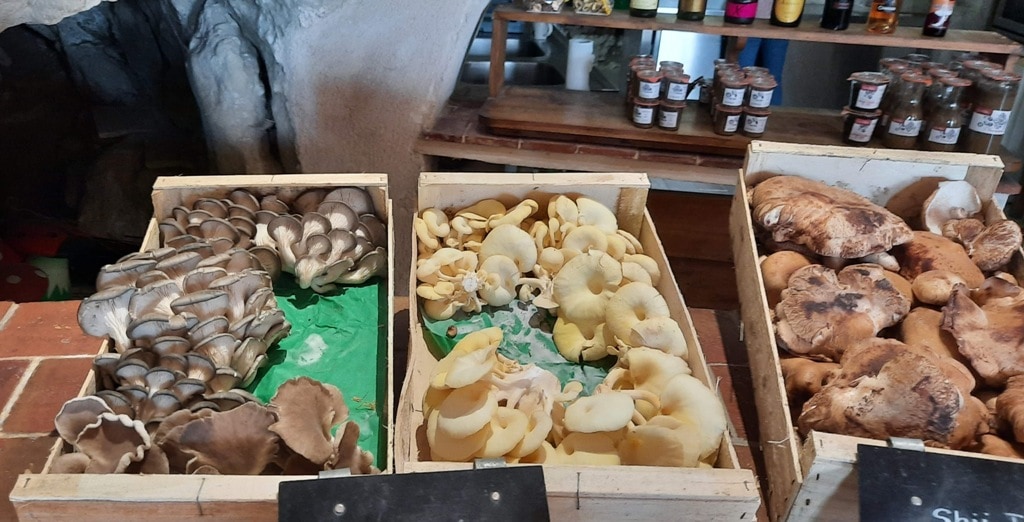

Pierre et Lumiere
A little further on from the Musee du Champignon, you will come to the Pierre et Lumiere exhibit which is an underground exhibit showcasing gigantic sculptures depicting the monuments of the Val de Loire.
These sculptures are carved out of limestone (tufa) and are lit with illuminations to showcase the dramatic facades. Sculptures include recognizable basreliefs of Tours, Anger, Chinon and its Plantagenet fortress and many more Anjou destinations.
Les Jardins du Puygirault
Down the road from Pierre et Lumiere, you can visit the magnificent Les Jardins. Each of the 14 gardens represents a different era in time with species from regions around the world. You can trace the fascinating evolution of vegetable gardens since humans cultivated the land and see how a 14th-century hydraulic system brings water to the gardens.
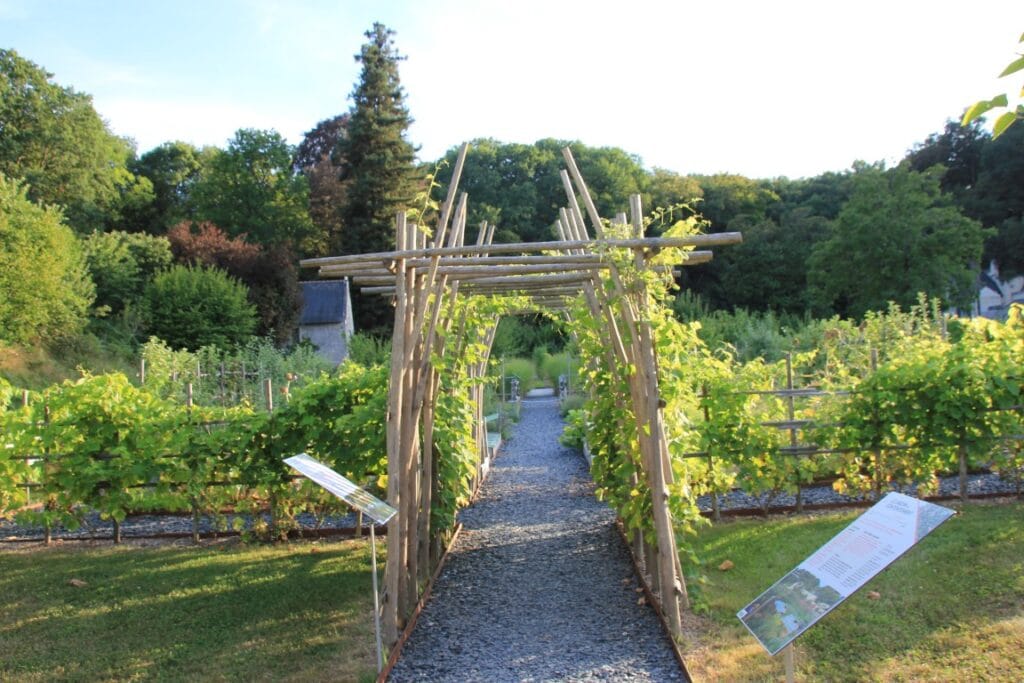

Combier Distillery tour
Take a trip back in time, follow the guide, open up your senses, and breathe it in, you are in the heart of a working distillery. A tantalising glimpse of how historical liqueurs are made and an introduction to the great history of Absinthe.
The Combier distillery is the oldest in activity in the Loire Valley. Founded in 1834, it has created its award-winning liqueurs from the local fruit, flowers and medicinal plants. It was here that Triple Sec was created.


Distillerie Combier began distilling absinthe in 1899 but production ceased in 1915 when it became illegal. In 2004, determined to revive traditional absinthe, Franck Choisne set out to obtain an amendment to the 1988 decree which forbids the use of fennel in the recipe and prohibited the labelling of the drink as absinthe. Six years on he was successful at long last and Absinthe was back.
The Cadre Noir Saumur
The French cavalry has been headquartered in Saumur since the 1700s and in 2011 UNESCO included traditional French horse riding in the list of Intangible Cultural Heritage. The name Cadre Noir comes from the uniform worn by the cavalry instructors which is black with gold spurs.


Since becoming a civilian organization specializing in the training of riders and horses the Cadre Noir has taken gold in the Olympics many times for eventing, jumping and dressage.
If you love horses you will want to tour the facilities which are really fascinating and you get to see and pet the beautiful horses.
Musée de Cavalerie de Saumur
In the former stables of the Cadre Noir is a museum where you can learn all about the ancient and more modern history of the French Cavalry. From the time of Charles VII in the 15th century up until the use of horses during WWI.
There are interactive displays of the cavalry’s great battles and two galleries full of weapons, equipment, armour, harnesses and uniforms. Along with the displays, you will see some wooden stalls that have been preserved since the opening of the school in the 1700s.
Musée des Blindés – The Tank Museum
Horses were retired from the battlefields after WWI when tanks were invented and became standard battle weapons. Here is Saumur you will find one of the world’s top tank museums.


The Musée des Blindés has almost 900 armoured vehicles and was founded in 1977. There are more than 200 drivable vehicles here and they are showcased during a Military Tattoo held every July.
Musée du Moteur
The Motor Museum is dedicated to conserving France’s industrial heritage. It preserves all manner of “motors” including an 1818 combustion engine and the motor from a Peugeot that raced in the World Rally Championship. The museum houses over 400 engines from the 1800s.
Things to do near Saumur
For wine enthusiasts, a visit to Bouvet Ladubay or Domaine de Rocheville for wine tasting is a must. Saumur is also known for its wine production, especially the renowned Saumur Champigny. In July and August, you can take a drive from Saumur to visit the Loire Valley castles and explore the beautiful underground galleries.
Additionally, if you have more time to visit, make sure to check out the Caves of Louis de Grenelle for a unique wine tasting experience. Saumur is also home to stunning views of the Royal River, with plenty of places to see and visit in the Pays de la Loire region. Whether you’re interested in history, wine, or simply enjoying the beauty of the area, Saumur has something for everyone.
Rochemenier Cave Village (Rochemenier Village Troglodytique)
For centuries, the cliffs around Saumur were home to cave houses (habitations troglodytiques). Rochemenier Cave Village (Rochemenier Village Troglodytique) is one of the Loire Valley’s most interesting cave-dwelling sites. Its Cave Museum covers two underground farmhouses, including a cave chapel, complete with historic farming gear.
Chateau near Saumur
Close by are the historical and cultural towns of Angers and Nantes, along with the stunning Château de Montsoreau. Do not overlook the charming château and subterranean stronghold of Château de Brézé, the grand Château de Villandry with its intricate gardens believed to have influenced the design of Versailles, and Fontevraud Abbey, formerly one of the most influential abbeys in France and the resting place of King Henry II, Eleanor of Aquitaine, and their son Richard the Lionheart.
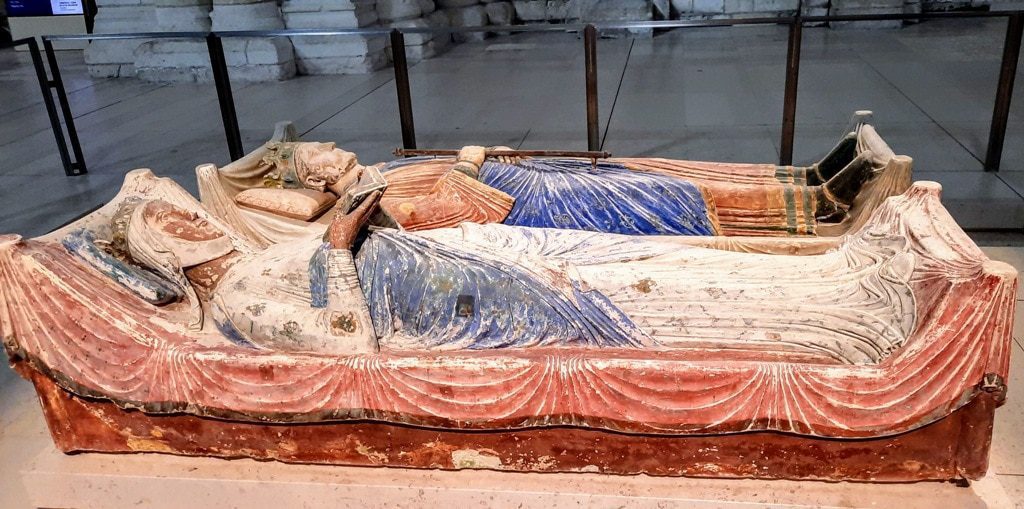

Within an hour to half an hour of Saumur you will find the architectural and historic Chateau Chenonceau and the Plantagenet stronghold of Chinon.
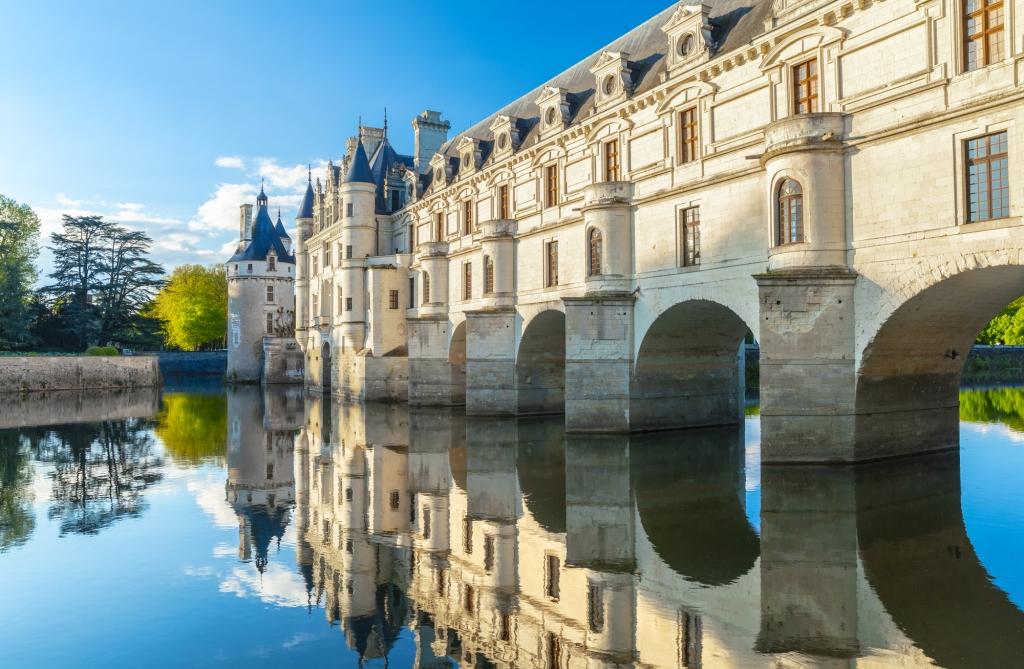

Where to eat in Saumur
L’Escargot
This family-run restaurant has been a favourite in Saumur for over 50 years. This is the place if you want to try snails done in the Saumur way. You can have escargots with ‘three kinds of butter’ (flavoured with herbs, walnuts and Roquefort) or carré d’agneau rôti à l’ail et au thym (loin of lamb roasted with garlic and thyme).
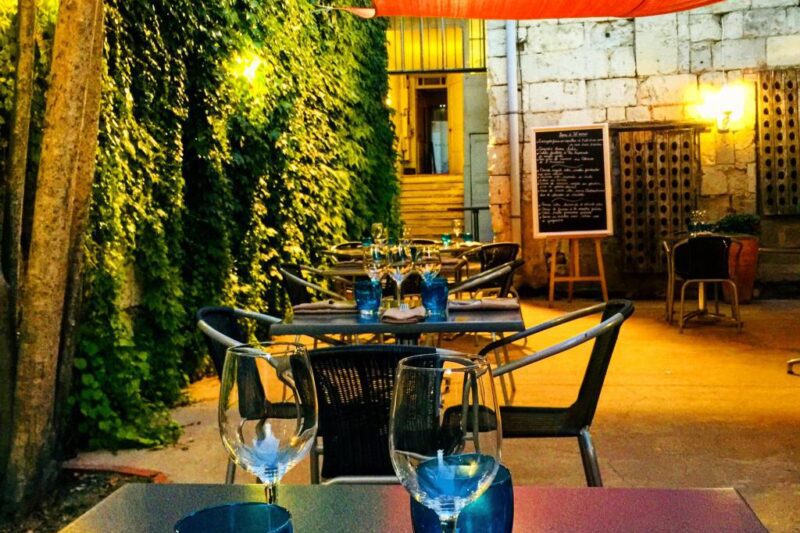

Le Boeuf Noisette
Housed in a historic building in Saumur dating from the 18th century, this restaurant is decorated with paintings from the 192’s and its speciality is Rouge des Pres Boeuf, a locally reared beef. The meat of Rouge des Prés is tender with an intensity of flavour that is beyond compare.
Enjoy an entrée of roasted hazelnuts and aged Comté cheese or perhaps camembert with raw milk, mascarpone or a rabbit terrine – their specialities.
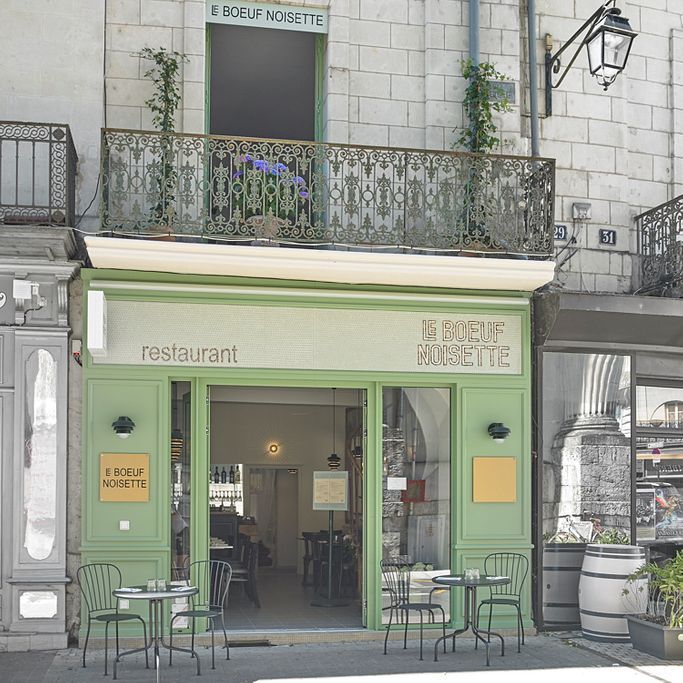

Bistro en la Place
Right in the main square at the Bistro, you can taste Galician sirloin flank steak with candied shallots or how about Pig’s trotters with Le Puy lentils?
L’Alchimiste
Recommended by the Michelin Guide at la Alchimiste you can sample traditional regional cuisine from eels with candied lemons to Loire Pike stuffed with chanterelles and for dessert enjoy the traditional Crémet d’Anjou.
Where to stay in Saumur
The Château de Verrières is a perfect Belle Époque gem set within acres of stunning gardens this lovely little chateau is set in 2 hectares with an outdoor heated pool. Rooms are private with antique furniture and free wifi and you can have a fabulous breakfast if you want.
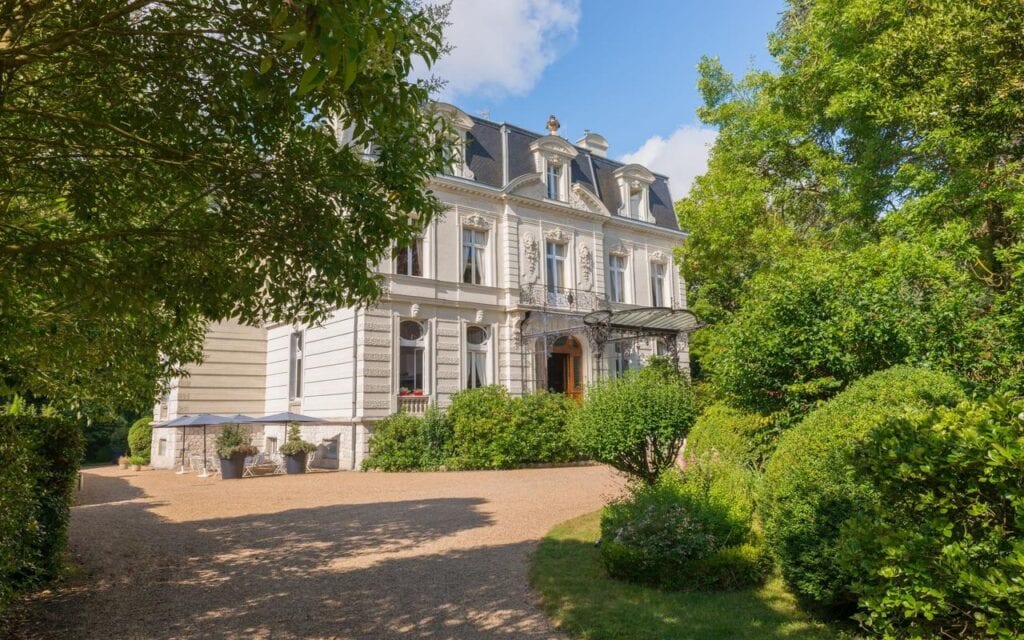

Hotel Londres is located right in the centre of town close to every amenity you can think of. This 19th-century building offers stylish individually decorated and furnished rooms with floor-to-ceiling windows. The rooms are soundproofed and are complete with flat screens and free wifi. There is a fantastic breakfast buffet and freshly baked cakes with tea available on weekends.
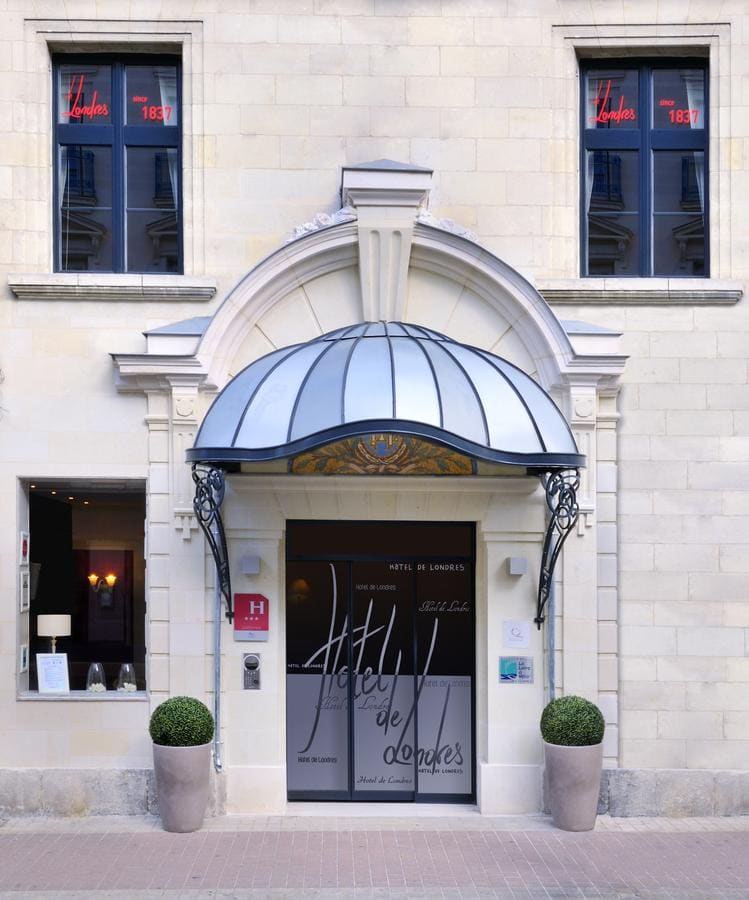

Saumur, located in the heart of the beautiful Loire Valley in France, offers a captivating array of attractions for visitors to explore. The town is renowned for its enchanting château, the Château de Saumur, and its equestrian heritage, and visitors can witness the grace and power of the magnificent horses at the Cadre Noir.
The town’s charming historic centre with its picturesque streets, half-timbered houses, and delightful cafes, is perfect for leisurely strolls and indulging in French cuisine. Furthermore, Saumur is surrounded by sprawling vineyards, making it an ideal destination for wine lovers who can explore the world-class wineries and taste exquisite Loire Valley wines. With its rich history, natural beauty, and culinary delights, Saumur offers an unforgettable experience for all who visit. Have you visited Saumur? What are you waiting for?
Interested in reading more about historic sites in France?
Fontevraud Abbey: Home of powerful women
Domfront Normandy: Centre of royal power struggles
Remarkable Rouen: Things to do
Visiting Fougères France – City of Art and History
